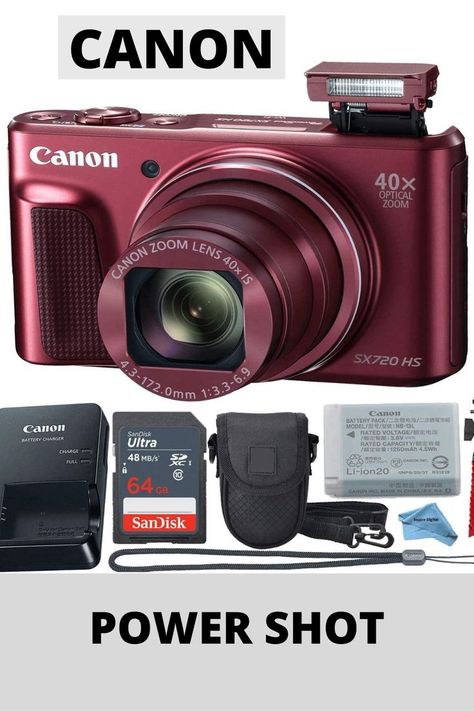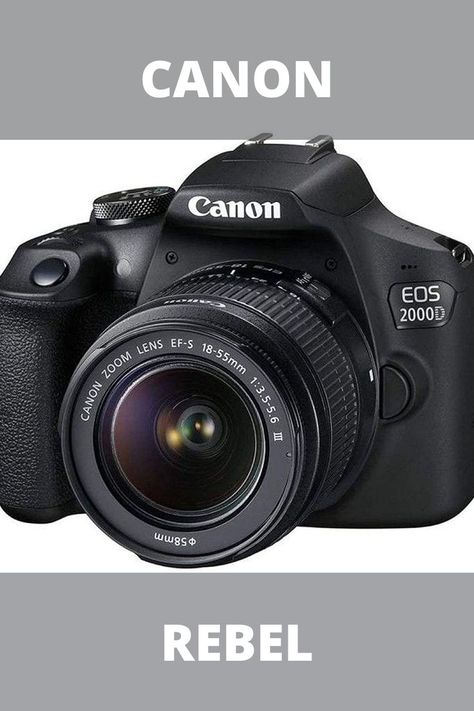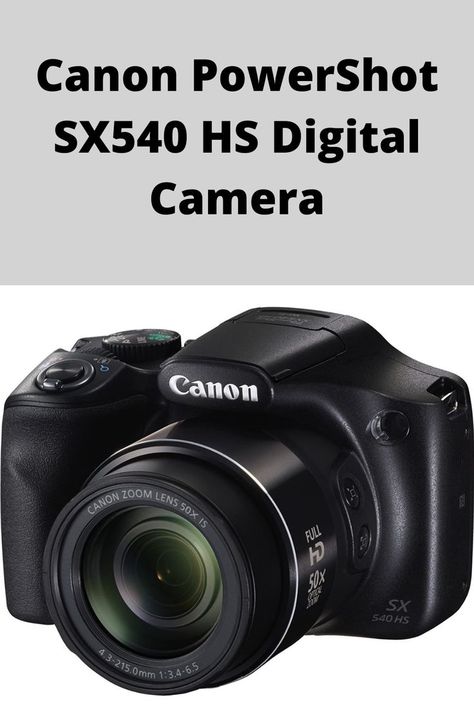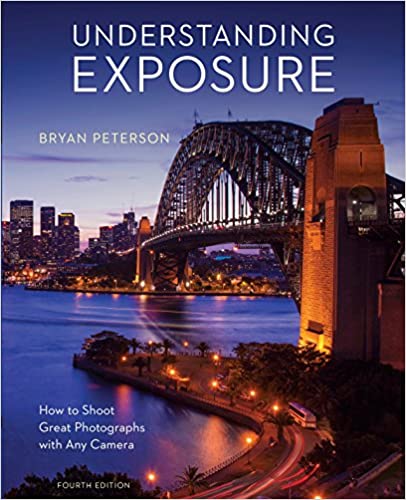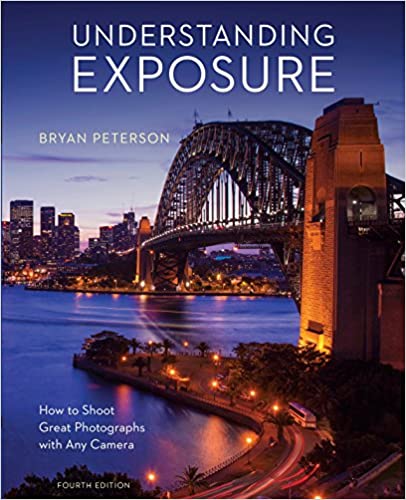Youve been snapping away with your nifty little point and shoot camera for a while now and you’ve discovered you really like taking pictures and want to get more creative and have more control over your photos. Naturally the next step is to upgrade to an DSLR camera. But which one? There is a ridiculous number of products out there with all sorts of buttons and dials that do this or that. This article attempts to give a brief overview of the things that are actually important when considering which camera to buy.
Firstly, lets dispel one of the most common myths associated with upgrading equipment. Buying a new camera will not make you a better photographer. Repeat: it will NOT make you a better photographer. Not instantly, not in 2 years time, not in 10 years. What will make you a better photographer is you. Your willingness to learn and develop your skills. Sure a high end camera will give you more control over your image making, but thats just it; its you controlling the camera, and therefore the end image. Ok, now that were on the same track, a few things to think about.
How many megapixels do I need?
We are going to assume that you are looking at digital cameras here, although I should point out that there are some excellent film cameras around at much less expense. So dont discount film altogether (its not dead just yet!). But to answer the question, we first need to answer another: What do you want to do with your photos? If you only want to post your photos on the web, e-mail them or make small prints to put in a photo album, the resolution you need for this is quite low. To give you an idea, a camera with 2 megapixels will create an image that can make a good quality 6 x 4 print (standard photo album size). Most entry level DSLR cameras start at around 6 megapixels. Therefore if this is all you want to do with your images, the amount of megapixels does not need to be a major concern. If, however, you want to make large sized prints, you may need a higher resolution camera. While entry level DSLRs often produce very good quality prints up to a certain size, more pixels gives you the freedom of being able to enlarge even further. While image software programs can increase the size of your photos they will lose some quality. Starting with a larger image means that fewer pixels are added by the program and less quality is lost.
Is brand important?
Not as important as some would have you think. While photographers will continue to debate the Nikon vs Canon issue, my belief is that it is a moot point. Both companies produce some excellent products and some pretty ordinary ones. What should be foremost in your mind is build quality. How many plastic parts does the camera have versus metal ones? Metal parts can be replaced, while plastic parts are usually set into a mold and cannot be. Potentially this could mean the difference between having to buy a new part or a new camera a few years down the track. Check how the camera feels in your hand. If it feels solid and sturdy, it probably is. Quality between brands doesn’t differ greatly until you get into the higher end cameras. This is where Nikon and Canon come to the fore and other brands that don’t target this market drop off. However if you decide you don’t need a higher end camera, don’t discount other brands.
What about features?
Cameras come with all sorts of different modes and features. Some of them seem to be included for no other reason than to be a selling point for that particular model. It takes a little research to discern which are actually going to be useful. There are, however, some that you should factor into your considerations. Firstly, what mode settings does the camera have? Many entry level DSLRs have similar settings to point and shoot cameras. I.e. Portrait, landscape, low light etc. While these make things easy, the point of moving up to an DSLR camera is to gain more control over your photos. You will never gain the control you want without learning how to use a camera in full manual mode.
Other features, such as a built if flash or cable release socket, may be important to you depending on the type of photography you want to do. If you like to shoot portraits, a built in flash can be a huge help in lighting shadows. If you are interested in landscape photography, you will at some point want to set you camera up on a tripod to capture a low light scene. Using a cable release allows you to press the shutter without actually touching the camera, removing the camera shake that blurs a picture.
One final consideration.
This is possibly the most important of all. Make sure the camera you choose is comfortable and easy to use. Check that you can reach all the buttons easily while shooting and that the dial and menu configurations are logical. This allows you to learn your gear easily so that you can concentrate on the most important thing: taking pictures.
Related Articles
Photography as a Hobby
Learning Photography – Basics For All
Some Important Principles Of Photography
Digital Photography Lessons
PHOTOGRAPHY 101
Finding The Right Photography Book
Beginning In Photography: Exposure Basics
Beginning In Photography: Composition
Beginning In Photography: Choosing A Camera
Learning Photography can be Fun. Now you can Master your DSLR camera. More information. CLICK HERE

